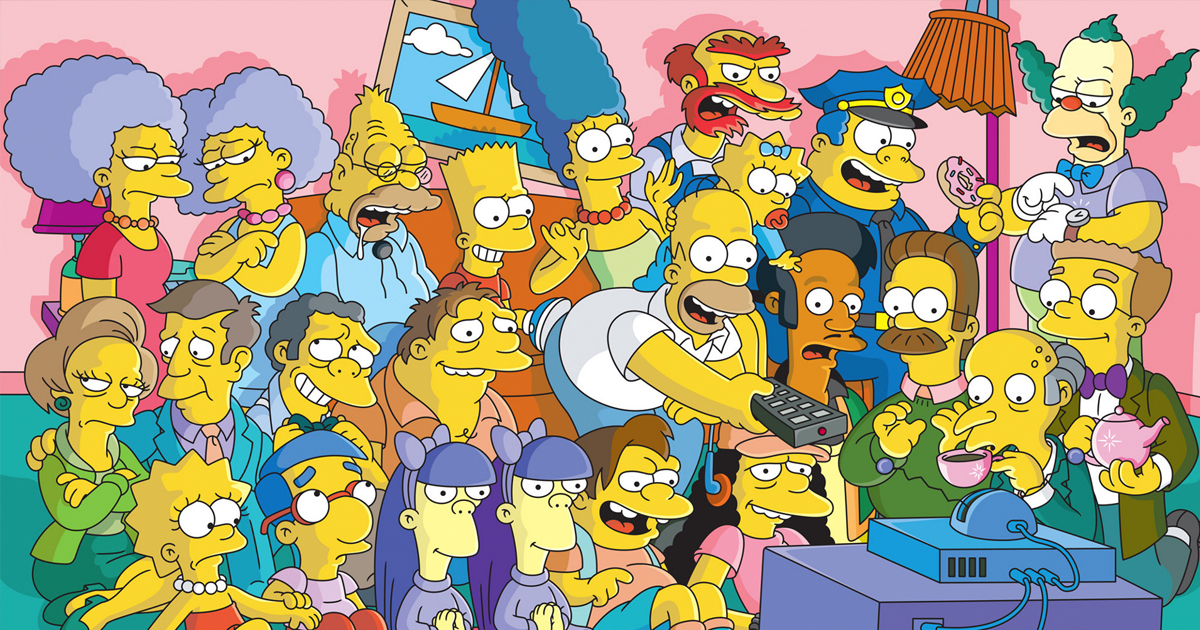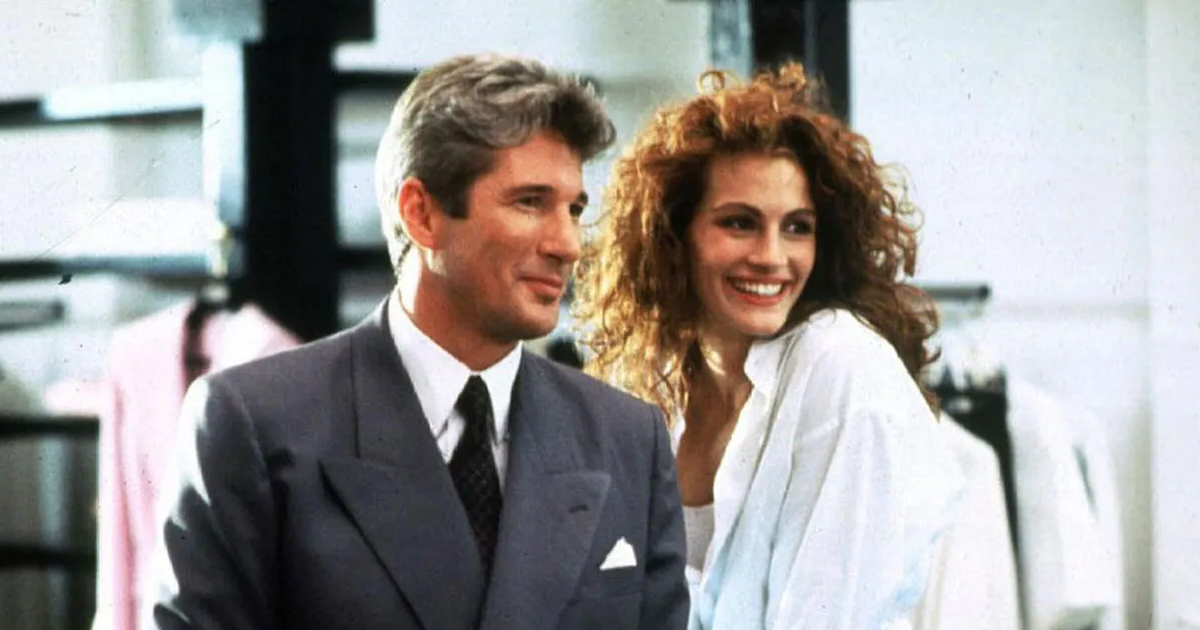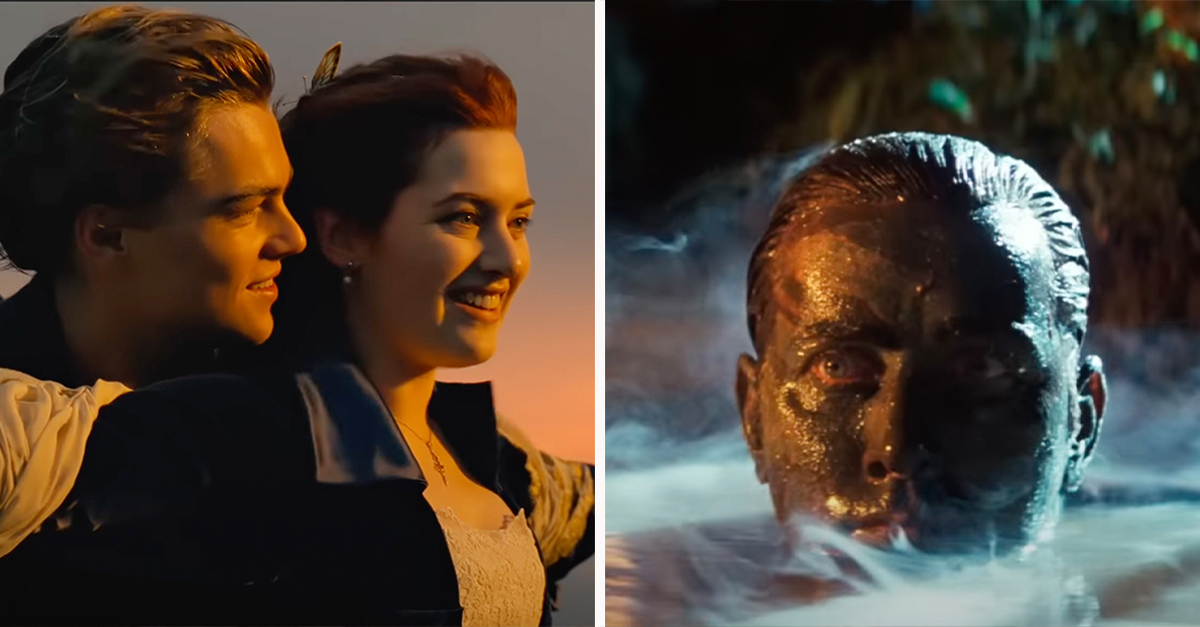TV Show Concepts That Were Truly Bizarre
Television has always been a playground for creativity, but sometimes that creativity leaps off the rails into sheer weirdness. From sitcoms about reincarnated cars to reality shows with truly baffling premises, these 20 examples prove that TV executives have greenlit some jaw-dropping experiments. Let’s revisit the most bizarre concepts ever broadcast, mostly from the U.S., but with some global oddities sprinkled in for flavor.

My Mother The Car
This infamous 1965 sitcom told the story of a man who buys a 1928 Porter touring car—only to discover it’s possessed by the spirit of his deceased mother. She speaks to him exclusively through the car’s radio. The premise alone baffled viewers, and despite its short run, it has been immortalized as one of the strangest high-concept shows in American TV history.
 NBC, My Mother the Car (1965–1966)
NBC, My Mother the Car (1965–1966)
Small Wonder
Premiering in 1985, this syndicated series followed a robotics engineer who secretly built an android that looked like a little girl. Passing her off as his adopted daughter “Vicki,” the family navigated the bizarre complications of hiding her true identity. With its stilted dialogue and deadpan child-robot lead, the show ran four seasons and became a cult curiosity.
 Syndication, Small Wonder (1985–1989)
Syndication, Small Wonder (1985–1989)
Manimal
NBC’s Manimal (1983) featured a handsome professor who could transform into any animal to help fight crime. Most often, he became a sleek panther or a soaring hawk, thanks to early ’80s transformation effects. Despite the superhero premise, audiences didn’t quite buy into it, and the show was canceled after just eight episodes, though its legend endures.
Cop Rock
From acclaimed TV producer Steven Bochco came this short-lived 1990 series that mashed up police drama with full-blown musical numbers. Detectives belted out Broadway-style songs between gritty crime scenes, leaving viewers stunned and critics puzzled. The bizarre experiment lasted only 11 episodes, yet remains a favorite trivia answer for “TV’s strangest flop.”
That’s My Bush!
Created by South Park’s Trey Parker and Matt Stone, this 2001 Comedy Central sitcom presented President George W. Bush as a lovable doofus in a laugh-track family comedy format. Running for only eight episodes, the show was less political satire than a parody of sitcom tropes, but the idea of turning the White House into a stage for goofy misunderstandings was truly one-of-a-kind.
 Comedy Central, That’s My Bush! (2001)
Comedy Central, That’s My Bush! (2001)
Heil Honey, I’m Home!
In 1990, a British production attempted a sitcom starring two of Germany's worst people living next to Jewish neighbors, played in the style of a cheesy 1950s American comedy. It aired only once before being swiftly canceled. The sheer audacity of the premise has since made it a legendary case study in “what were they thinking?” television history.
 Galaxy Channel, Heil Honey, I’m Home! (1990)
Galaxy Channel, Heil Honey, I’m Home! (1990)
Kid Nation
In 2007, CBS unveiled a “social experiment” reality show in which 40 kids, ages 8 to 15, were dropped into a ghost town and tasked with building their own functioning society. From councils to competitions, the show tried to capture resilience but instead sparked debates about ethics and child labor. The series ended after just one season but remains unforgettable.
The Swan
Fox’s 2004 reality show placed contestants through a battery of extreme makeovers including surgery, fitness, and therapy. The “transformed” women then competed in a beauty pageant to determine the “ultimate swan.” Critics blasted its morality, but viewers tuned in—cementing it as one of the most ethically questionable and strange TV competitions of all time.
Who’s Your Daddy?
This 2005 Fox special featured an adoptee attempting to identify her biological father from a group of men, with money at stake depending on her choice. The controversial premise drew immediate backlash from adoption advocates and audiences alike, and the show was quietly buried after its debut. It remains one of the most bizarre reality concepts ever pitched.
Man vs. Beast
Fox’s 2003 special staged wild competitions pitting humans against animals in various stunts: sprinters versus giraffes, wrestlers versus apes, and even a tug-of-war between a camel and a human. While ratings were decent, animal-rights activists condemned it, and critics declared it both exploitative and absurd. Despite this, Fox aired a sequel—cementing its place in TV oddities.
Hurl!
This G4 network gem from 2008 was equal parts eating contest and endurance challenge. Contestants gorged themselves on massive meals, then were forced into dizzying rides and stunts. The last person not to vomit won $1,000. Equal parts disgusting and mesmerizing, Hurl! is still cited as one of the most stomach-turning shows ever created.
Solitary
In this Fox Reality Channel show (2006–2010), contestants were locked alone in futuristic pods controlled by an A.I. host named VAL. They endured bizarre psychological tests, isolation, and sleep deprivation. The last person not to quit won a cash prize. Equal parts endurance experiment and dystopian nightmare, it remains one of the most unusual reality competitions on record.
 Fox Reality Channel, Solitary (2006–2010)
Fox Reality Channel, Solitary (2006–2010)
Smile…You’re Under Arrest!
This 2008 Fox Reality show teamed with Arizona police to lure fugitives with outstanding warrants into staged “events” like fashion shows or movie auditions. Once on set, unsuspecting participants were arrested live on camera. While critics panned it for trivializing serious crimes, its wild concept made it a short-lived but unforgettable oddity.
 Fox Reality Channel, Smile…You’re Under Arrest! (2008)
Fox Reality Channel, Smile…You’re Under Arrest! (2008)
Sexy Beasts
Originally a UK creation revived by Netflix in 2021, Sexy Beasts put singles on dates while wearing full prosthetic makeup resembling monsters, animals, or aliens. The idea was to emphasize personality over looks, though the effect was more surreal than romantic. Watching people try to flirt through a dolphin mask is as bizarre as TV matchmaking gets.
Joe Millionaire
Fox’s 2003 reality hit convinced contestants they were competing for the love of a wealthy bachelor. The twist: he was not a millionaire at all. The finale revealed his true financial status, testing whether love could survive deception. The show was a cultural sensation and later returned with a reboot, proving audiences couldn’t resist the absurd premise.
Amish In The City
UPN’s 2004 reality series followed Amish teenagers on rumspringa living in a Los Angeles house with city kids. What started as a lightning rod of controversy turned into an oddly sincere culture-clash reality experiment. Though it only lasted one season, the unusual juxtaposition of worlds guaranteed its place on the bizarre TV hall of fame.
Denpa Shōnen’s “Prize Life” (Nasubi)
In 1998 Japan, comedian Nasubi was locked in an apartment with no possessions and instructed to survive solely by winning magazine sweepstakes. He lived in isolation for over a year, slowly amassing goods and food, all while filmed 24/7. Unbeknownst to him, millions were watching the broadcast. The concept was equal parts surreal and deeply unsettling.
 Nippon TV, Denpa Shōnen (1998)
Nippon TV, Denpa Shōnen (1998)
I Wanna Marry “Harry”
In 2014, Fox introduced 12 women to a charming suitor who seemed to be Prince Harry. In truth, he was merely a look-alike. Contestants competed for his affection until the inevitable reveal. Pulled from U.S. broadcast after a few episodes, it still stands as one of the strangest reality dating hoaxes ever attempted.
 Fox, I Wanna Marry “Harry” (2014)
Fox, I Wanna Marry “Harry” (2014)
Banzai
This UK parody of Japanese game shows encouraged viewers to place mock bets on odd stunts and challenges, like how long a celebrity could hold a note. Broadcast internationally in the early 2000s, it stirred protests over racial stereotyping. Equal parts satire and spectacle, its wacky presentation ensured lasting notoriety.
Curtain Call: The Swan Song
Television has always thrived on bold experimentation—but sometimes those experiments go careening into outright absurdity. Whether it’s talking cars, faux princes, or bizarre contests between humans and animals, these shows prove that TV will always push the limits of taste and imagination. Love them or hate them, they showcase television’s enduring ability to surprise us—sometimes in the weirdest ways possible.
You May Also Like:
The Death Of Anthony Bourdain: What Really Happened?
Every True Music Fan Should Know These Deep Cuts



















